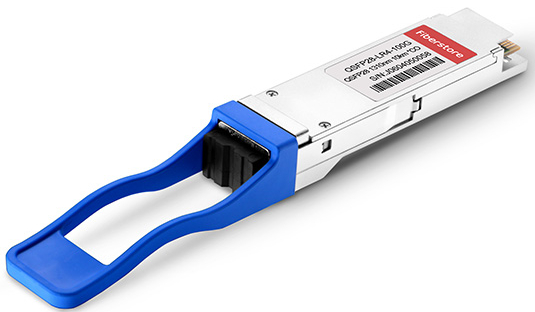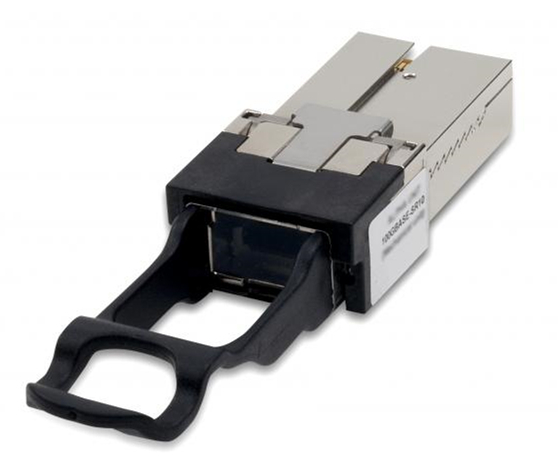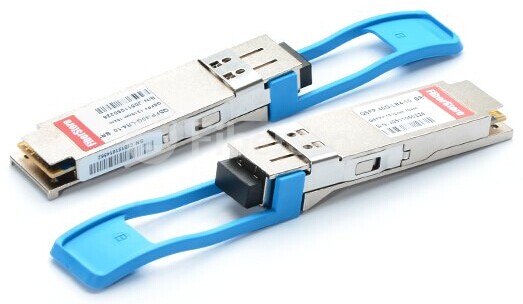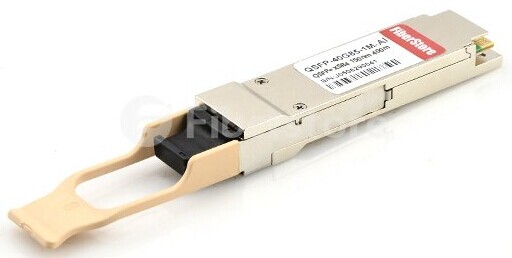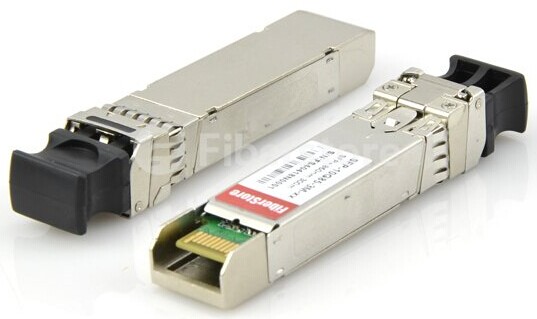To a large extent, a fluent data transmission relies on the seamless transition between patch cables and fiber optic transceivers. As high bandwidth gradually dominates the market, patch cables and transceivers become much more essential to data transmission, especially for data transmission between the switches and equipment. But when you try to find the right patch cable for your transceiver, you may feel dazzling about the great variety of products. Don’t worry, this article will help you find the quickest way to choose the suitable product. But first, let’s have a look at the basic knowledge about patch cables and transceiver modules.
A patch cable or patch cord is an electrical or optical cable used to connect one electronic or optical device to another for signal routing. It is composed of an electrical or optic cable terminated with connectors on the ends. Optical patch cables are now widely used in data centers for data transmission. They have different fiber connectors including LC, SC, ST, FC, MTRJ, E2000, MU, MPO/MTP, etc. As for fiber types, there are also single-mode patch cables and multimode patch cables. Single-mode patch cables can further be classified into OS1 and OS2. While the multimode can be further divided into OM1, OM2, OM3 and OM4.

Transceiver is a self-contained component that can both transmit and receive. It is often inserted in devices such as switches, routers or network interface cards which provide one or more transceiver module slot. Many transceivers types, such as SFP, X2, XENPAK, XFP, SFP+, QSFP+, CFP, etc. are used for various applications. The transceiver accepts digital signals from the Ethernet device and converts them to optical signals for transmission over the fiber.
Two kinds of transmission media can be found in the network. They are optic fiber cable and copper cable. Therefore, transceivers also have two types based on transmission media — copper based transceivers and fiber optic based transceivers. Copper based transceivers like 100BASE-T SFP, 1000BASE-T SFP are the commonly used types. They have a RJ45 interface to connect with the copper cables. Generally, cat 5, cat 6 and cat 7 cables attached with RJ45 connectors are typically linked to the copper based transceivers.
Compared with copper based transceivers, fiber optic transceivers support higher data rates for over 100 Gbps. The supported fiber patch cables are more complicated for selection. Usually single-mode and multimode fiber patch cables are used. But according to different transmission rates and transmission distance, further choices should be made.
It is known that data rate decreases as the transmission distance increases in fiber optic cables. Multimode fiber optic cables are often used for short distances due to the high cost of single-mode optical cables. But single-mode patch cables have better performance for different data rates in both long and short distances. Thus, if your transceiver supports high data rate over long distance, single-mode should be a better choice, and vice versa.
Interfaces are also important to the selection of patch cables that match with transceivers. Optical transceivers usually use one port for transmitting and one port for receiving. Cables with duplex SC or LC connectors are typically employed to connect with this type of fiber optic transceivers. However, for BiDi transceivers only one port is used for both transmitting and receiving. Thus, simplex patch cables are used with BiDi transceivers.
Other high data rate transceivers like 40G/100GBASE QSFP+ often use MTP/MPO interfaces. They should be connected to the network with multi-fiber patch cords attached with MTP/MPO connectors. If these ports are used for 40 G to 10 G or 100 G to 10 G connections, fanout patch cables should be used.
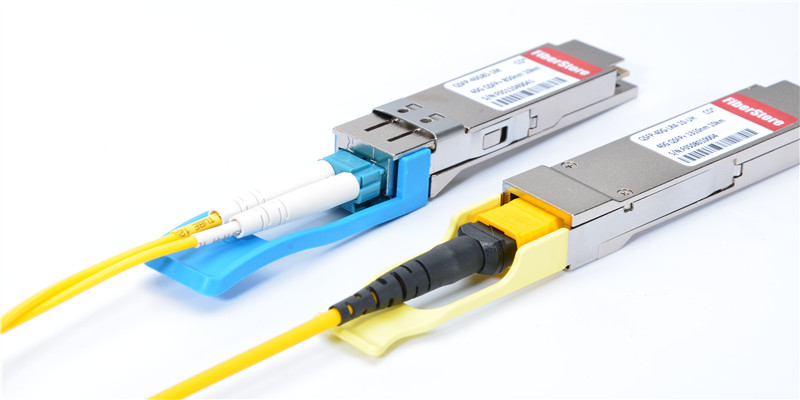
Knowing the transmission media, transmission data rate and distance, transceiver interfaces can give you a general direction of which type of patch cables should be chosen. Only matched patch cables and transceiver modules can provide better performance.


